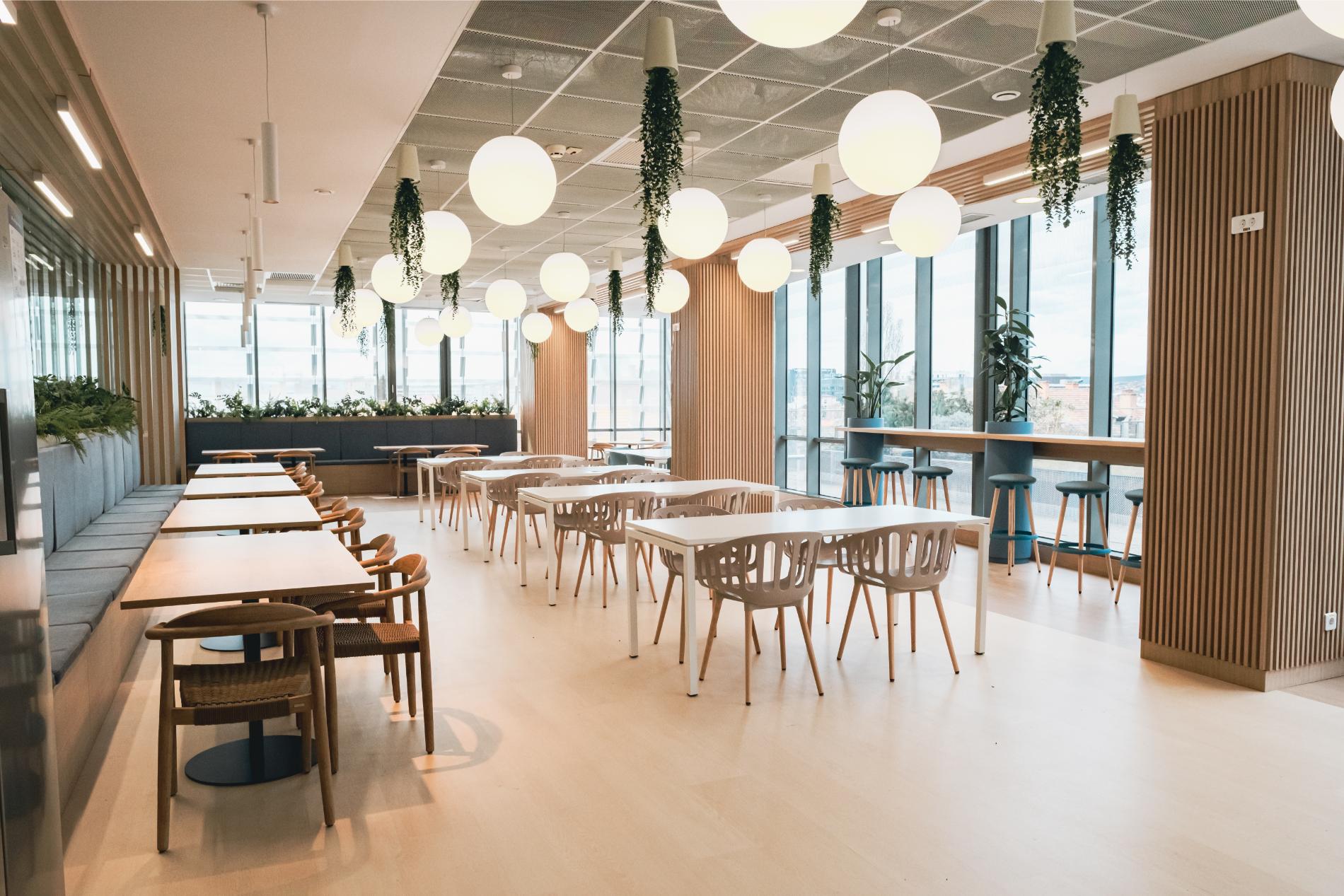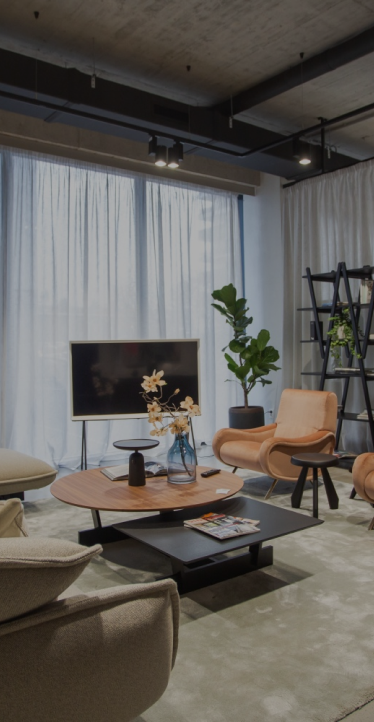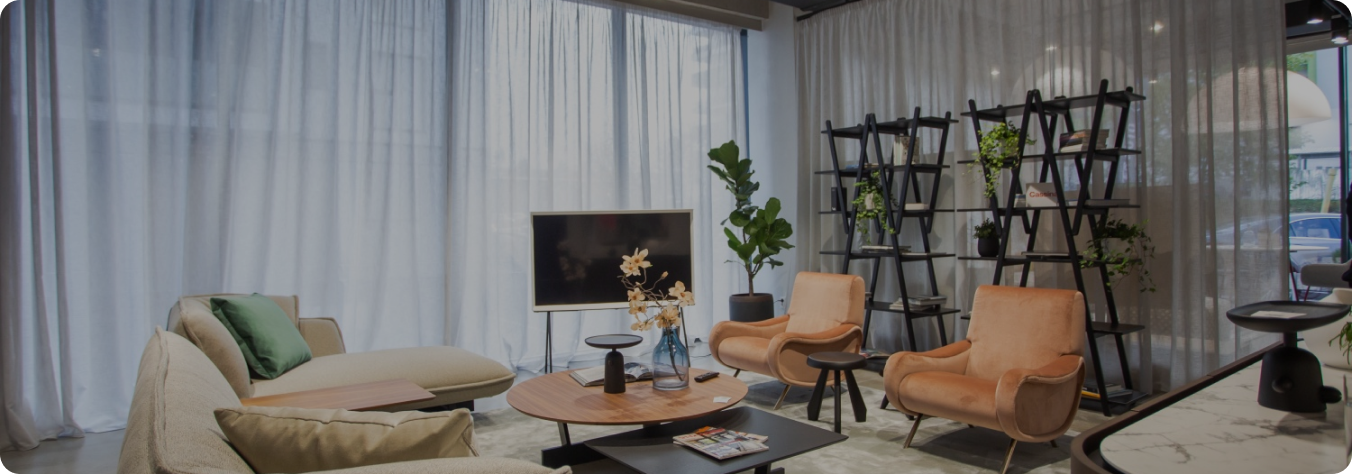The Open Office Revolutionized the Way We Think About Workspaces
It broke down walls – literally and figuratively – to encourage connection, collaboration, and flexibility. And during the pandemic, it gained even more ground: space, airflow, visibility… it all made sense.
But as work has continued to evolve, so have our needs.
Remote work introduced a new rhythm. People got used to quiet. To control. To heads-down productivity in calm environments. And now that many are returning to the office, they’re bringing those preferences with them.
Yet here’s the nuance:
- They still want the energy of in-person collaboration.
- They still value spontaneity, creativity, and shared moments with their team.
So the challenge isn’t about choosing between open or closed – it’s about making space for both focus and flow.
Rethinking, Not Replacing
Open-plan layouts still offer incredible value:
- They promote openness
- Break down silos
- Encourage a sense of shared purpose
But they also need supporting elements that allow people to shift gears when deep focus, quiet time, or personal space is required.
This doesn’t mean starting over.
It means designing with intention.
From Open to Adaptive: A Smarter Office Experience
An agile open space can offer the best of both worlds – when it’s designed to flex with your team’s changing needs.
Some ideas that make a big impact:
- Acoustic zoning: With textile panels, ceiling baffles or soft partitions, you can reduce distractions while preserving the openness of the layout.
- Biophilic design: Plants create a sense of calm and naturally define smaller zones without putting up walls.
- Modular furniture: Easily reconfigured layouts empower teams to shape their space around their workflow.
- Focus pods: For those moments that require deep concentration or a quick call without background noise.
- Lighting and temperature zones: Small design choices that give people a sense of control and comfort.
What’s Emerging: The Rise of Microzones
Post-remote work, the office isn’t just a place to be – it’s a place to work well.
And that means creating intentional spaces for different work modes:
- Focus rooms for uninterrupted tasks
- Hybrid meeting pods for smooth collaboration with remote teammates
- Relaxation or mindfulness areas to recharge during demanding days
These aren’t replacements for open offices – they’re enhancements.
They help people flow between deep work and collaboration, depending on their needs throughout the day.
Designing for People, Not Just Space
In the end, this conversation isn’t about what’s wrong with open offices.
It’s about what’s next for workplace design.
When we create spaces that are:
- Flexible
- Human-centered
- Supportive of diverse working styles
👉 People thrive. And when people thrive, work follows.
So no – the open office ship hasn’t sailed.
But maybe it’s time we upgraded it for the long haul.
Let’s Share Ideas
What small changes have made a big difference in your workspace?



Share: